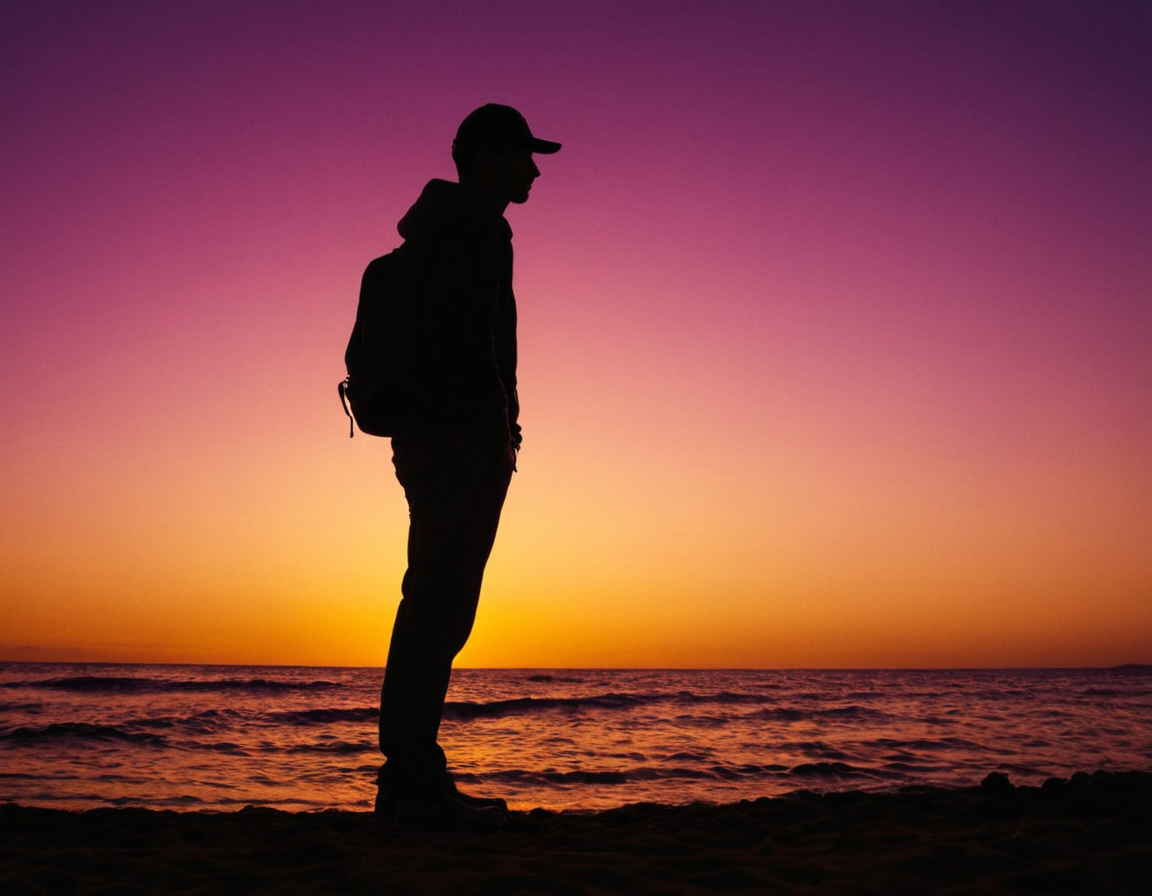Silhouette Photography Tips

Mastering Silhouette Photography in Low-Light Conditions
Introduction
Silhouette photography is a unique and captivating technique that can elevate your landscape, portrait, or still-life photographs to the next level. However, mastering this style requires more than just pointing a camera at a subject; it demands patience, creativity, and an understanding of light. In this article, we’ll delve into the world of silhouette photography in low-light conditions, exploring the principles, techniques, and best practices to help you achieve stunning results.
Understanding Silhouette Photography
Silhouette photography involves capturing images where the subject is positioned so that they are in front of a bright background, creating a dramatic contrast between light and dark. This technique can add depth, mood, and emotion to your photographs, making them more engaging and compelling for your audience.
However, achieving silhouettes in low-light conditions poses significant challenges. Low light can result in overexposure, noise, and loss of detail, making it difficult to create a decent silhouette. In this article, we’ll focus on the techniques and strategies you can use to overcome these limitations and produce exceptional results.
Principles of Silhouette Photography
Before diving into the technical aspects, let’s cover some fundamental principles that will help you create stunning silhouettes:
- Lighting: The key to creating a successful silhouette is controlling the lighting. Use the sun or external light sources to create deep shadows and contrast.
- Composition: Experiment with different compositions to find the most visually appealing one for your subject.
- Camera settings: Learn how to adjust camera settings like ISO, shutter speed, and aperture to control exposure and create a desired effect.
Working with Low-Light Conditions
Low-light conditions can be challenging, but they also present opportunities for creative experimentation. Here are some tips to help you make the most of these situations:
- Use reflectors: If possible, use reflectors to bounce light onto your subject’s face or body, reducing harsh shadows and adding depth.
- Experiment with angles: Don’t be afraid to experiment with unusual angles and perspectives to add drama and tension to your images.
- Focus on the background: Low-light conditions can create beautiful, atmospheric backgrounds. Focus on capturing these elements rather than trying to expose your subject.
Practical Examples
Here are some practical examples of how you can apply these principles in real-world scenarios:
Example 1: Using Reflectors to Add Depth
In this example, we’ll demonstrate how using a reflector can add depth and dimension to an image. We’ll be working with a simple still-life setup and a basic reflective surface.
- Setup: Place the subject on a plain background. Position the reflector at a 90-degree angle to the light source. Adjust the reflector’s position until you see a subtle change in the shadow on the subject’s face.
- Camera settings: Use a wide aperture (high f-stop number) to create a shallow depth of field, separating the subject from the background. Experiment with different shutter speeds to capture the desired effect.
Example 2: Capturing Atmospheric Backgrounds
This example will show you how to focus on capturing atmospheric backgrounds in low-light conditions.
- Setup: Find a location with an interesting or dramatic sky. Use a tripod to stabilize your camera and avoid camera shake.
- Camera settings: Use a wide aperture to create a shallow depth of field, blurring the background and emphasizing the foreground elements. Experiment with different shutter speeds to capture the desired effect.
Conclusion
Mastering silhouette photography in low-light conditions requires patience, creativity, and practice. By understanding the principles, experimenting with different techniques, and focusing on composition and lighting, you can produce stunning results that captivate your audience.
The next time you’re faced with a challenging shooting situation, remember to stay calm, think outside the box, and push yourself creatively. With persistence and dedication, you’ll be well on your way to becoming a master silhouette photographer.
Call to Action:
Experiment with different techniques and styles in your own photography practice. Share your experiences, tips, and favorite examples in the comments below.
Tags
silhouette-photography low-light-techniques creative-camera-settings dramatic-contrasts visual-impact-images
About Luis Torres
Hi, I'm Luis Torres, a photographer and blogger passionate about helping creatives grow. With a background in photography and a knack for teaching, I share actionable tips & techniques on lentecreativa.com to inspire and educate photographers of all levels.
